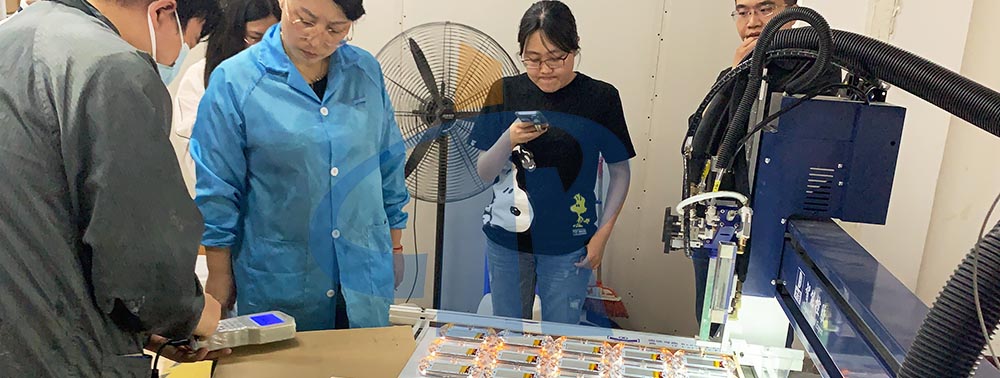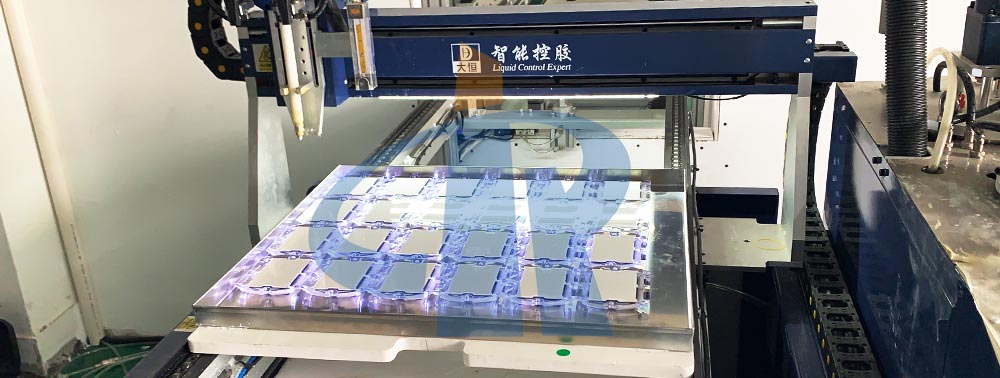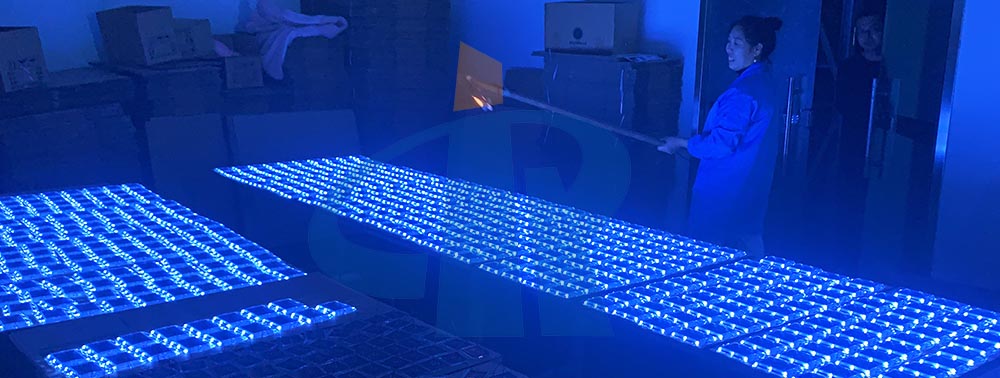Battery life is another important factor that affects the long-term stability of
Cats Eyes Road Studs, so battery selection is critical. Now there are two kinds of batteries for reference, one is that after 500 times of charging and discharging, the battery capacity drops to 50%; the other is that after 1,000 times of charging and discharging, the battery capacity drops to 79%. The service life of the battery is not only long, but also can work normally in a wide temperature range. The materials in the battery are all chemicals. If the temperature is too high or too low, it will not work properly. Therefore, its working temperature range must meet the requirements of the actual use environment. The requirements of the relevant standards of the Ministry of Communications for this indicator are that the solar panels must work normally within the temperature range of -10°C to 50°C. In fact, the ambient temperature of the C
ats Eyes Road Studs during use often exceeds this range, which requires that the
Cats Eyes Road Studs must be equipped with more reliable quality and better performance batteries.

Batteries are as important as electrical wiring. The design of the circuit board must follow the principle of simplicity and effectiveness, and more than one fault may occur in multiple circuits. The electronic components are also strictly selected. If any component fails, the entire
Solar Road Studs light system will be paralyzed.
Another part of the
Solar Road Studs light is worth noting, its solar panels. The solar panel directly absorbs the solar energy and converts the light energy into electric energy, which is the first step of the whole Solar Road Studs lamp working system, and its working efficiency directly determines the quality of the
solar road stud lamp. Now, the solar cells widely used in the industry are monocrystalline silicon panels, because their photoelectric conversion rate is as high as about 14%, which can convert solar energy into electricity to the maximum extent to ensure the energy supply of solar panels when they are working. In addition, solar panels must be high-hardness, wear-resistant circuit boards. If the strength is not enough, it will be easily worn by the rolling wear of the wheels every day, which will affect the conversion efficiency of the solar panel.

Under standard test conditions, place the
Solar Road Studs light for 8 hours, and the rated capacity of the battery should meet the requirements of the
Solar Road Studs light for 72 hours of normal lighting. Even if the sunlight exposure is less than 1000LX, after the battery is charged for 8 hours, its rated capacity can still meet the requirement of 12 hours of normal lighting of the road stud. If the battery matching performance is not good, there will be insufficient energy storage of the battery in rainy weather, resulting in the situation that the solar panel cannot emit light. In this way, the
Solar Road Studs light loses its application value and can no longer be used, and the limitations of the
Solar Road Studs light are also reflected.
Road conditions adaptability Road conditions are complex and changeable, and temperature and humidity may vary greatly, and solar panels must be able to adapt to these changes. The temperature in the north is low in winter, the temperature in the south is high in summer, the temperature difference between day and night in the northwest is particularly large, the southeast is humid, and the northwest is dry, all of which will affect the working efficiency of the Road Studs lamp. Therefore, the Road Studs lamp should fully consider the adaptability of the application environment when designing.

According to the relevant technical standards of the Ministry of Transport, the operating temperature of the
Road Studs lamp should be -20°C to 85°C, and three cycle tests should be performed between 20°C and 60°C to determine whether it can adapt to the requirements of the environment. In addition, the relevant technical standards of the Ministry of Transport require that the
Road Studs lamp can work normally after 48 hours of testing under the conditions of 45°C and 98% relative humidity.
The environmental adaptability of the
Road Studs lamp is a comprehensive test of its mechanical properties and electrical properties. It involves structural design, circuit design, electronic device performance, and even production processes. Therefore, it is necessary to make comprehensive preparations for the design, production and application of
Road Studs lights to ensure that Road Studs lights have good environmental adaptability.


